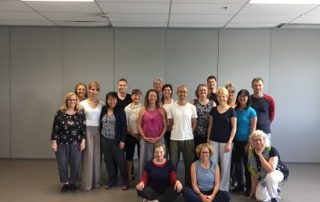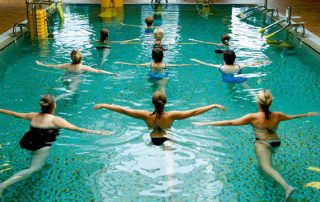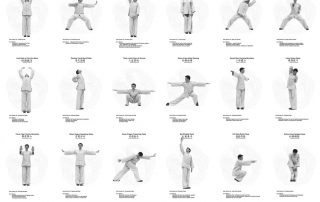Shibashi Qigong Training
I have been studying Shibashi Qigong and last weekend I took the teacher training to teach Shibashi set 1. Shibashi is a set of 18 movements that are performed in order and all 18 are performed every time you practice. The movements are simple, flowing and easy to learn. It takes about 20 minutes to complete the set. I chose to study this form because the first time I tried the first 2 moves I could feel the Qi in my lower dan tian. I have never felt the Qi this strongly with any other practice. My lower dantian was buzzing - vibrating. After this experience I just had to learn how to teach it! And, these movements will work well in the water. I have already added them to my Fluid Zen classes. Here is a video of the first 3 moves. Click here The training was fantastic! Sifu Wing Cheung has a very gentle approach to his teaching. He is a wealth of knowledge, however he does not speak much unless you ask him a question. This is typical of learning from a Chinese master. You only receive the information you are ready to hear. Therefore, you better be asking questions! What I learned from Sifu Wing Cheung. Breath - your breathing should be gentle - no sound, and the exhale should not move a feather On feeling the Qi - Performing Shibashi seated is a great way to feel the Qi Kau - this is your hip area, lead with the Kau. Once you figure this out - the arms float up easily. If you are interested in learning more about this form check out Master Wing Cheungs website. There are free [...]




